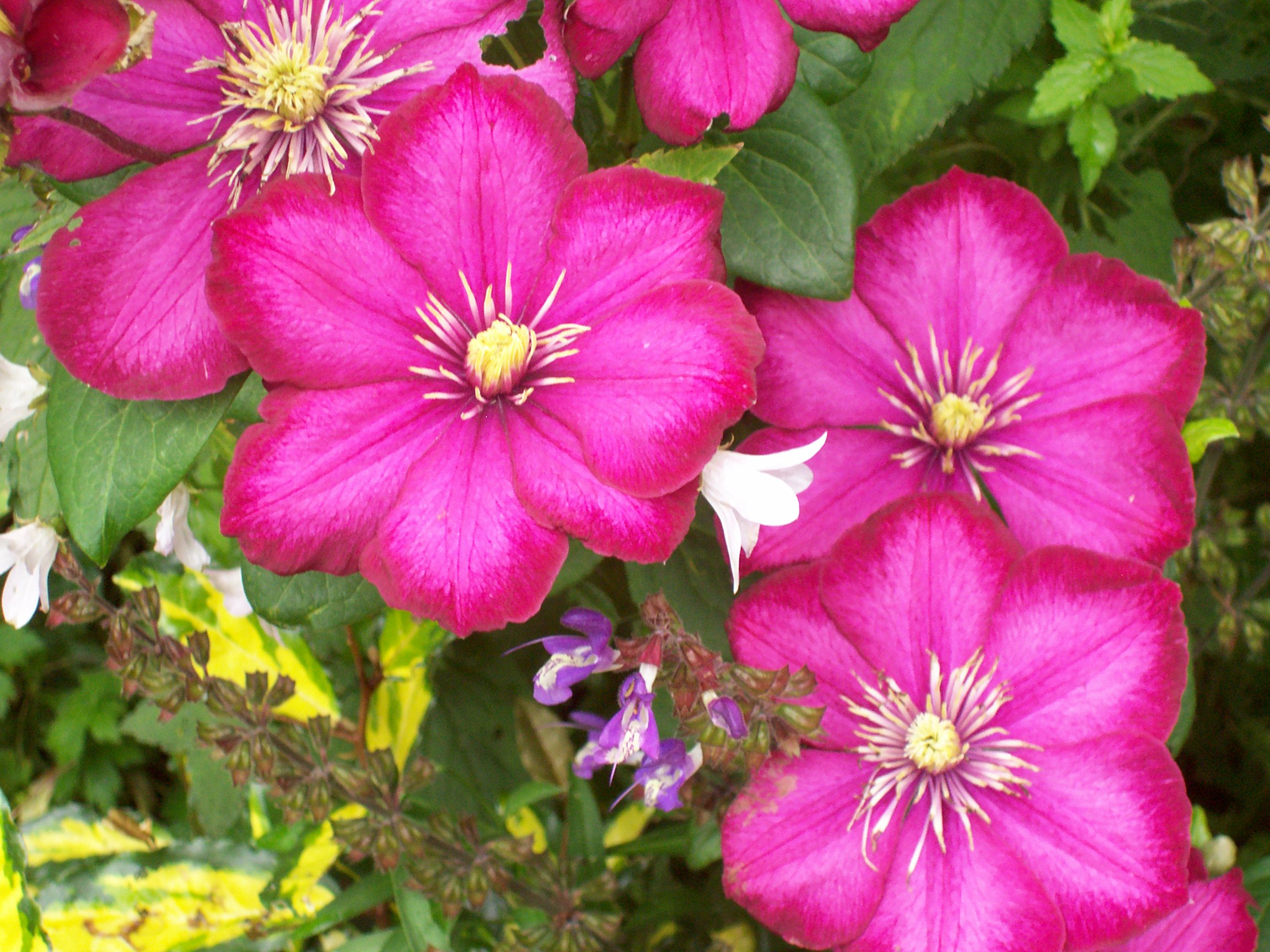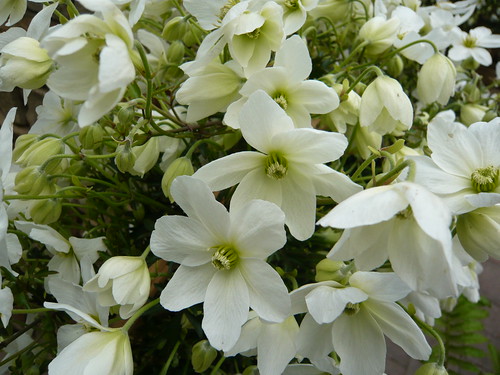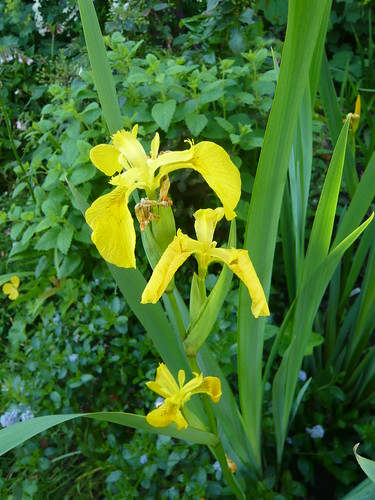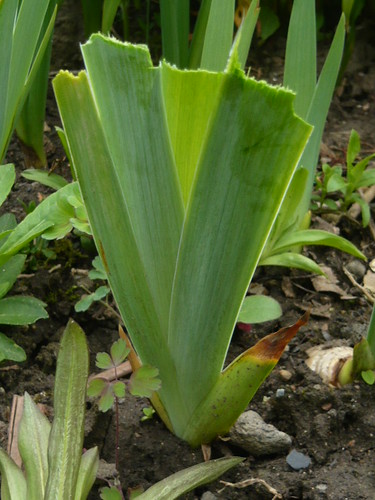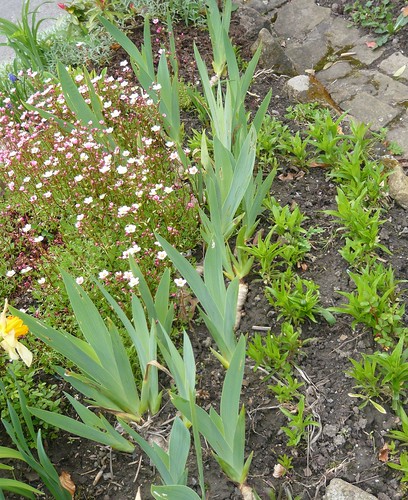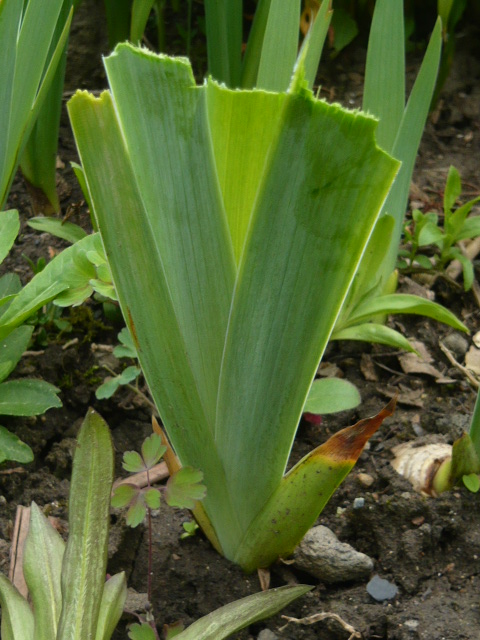A Plantsman’s Nursery – Holden Clough
A nursery should grow there own or at least a good proportion of the plants they sell. Well you can’t complain at the sight of these Heuchera growing in Holden a small hamlet near Bolton by Bowland in Lancashire.
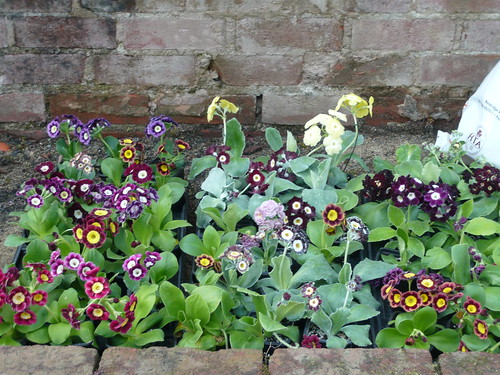
Holden Clough nursery has a great reputation and tradition for alpines that survive the wet local conditions.
Unfortunately these glowing Auriculas were in a quarantine area having already been sold but awaiting collection. Still with an eagle eye I could look at the special varieties someone else had chosen and consider my needs for the next visit. (I got a 10% off voucher for registering for the newsletter that I can use with my next purchases.)
I was impressed with the amount of bark chippings used to mulch and trim the pots. At check out I was told is saved the staff weeding but that in this location watering was no real problem due to the amount of rain.
Thinking about grit or chippings I wondered if the former compacted the soil more than the chippings and I think I will run some tests when I get home.
For 95 years the nursery has nestled in a charming hillside spot growing alpines and it is still going strong! Now they not only grow alpines, but also a larger range of plants including many new and unusual perennials.
The one drawback was that the new young team are keen to show their plans for site development which include a tearoom. Welcome though tea may be they could leave that to the ubiquitous garden centres and keep the nursery focus.
Photo above is of Heucherella Tapestry a hybrid between Heucheras and Tiarellas with many of the best qualities of both parents. This and a limited display of plants in their own small garden area show how and where a good plant can grow.
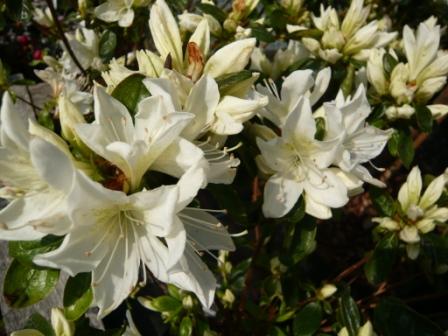
Compared with my visit on the same day to my local Garden Centre the range of plants at Holden Clough just what I wanted.
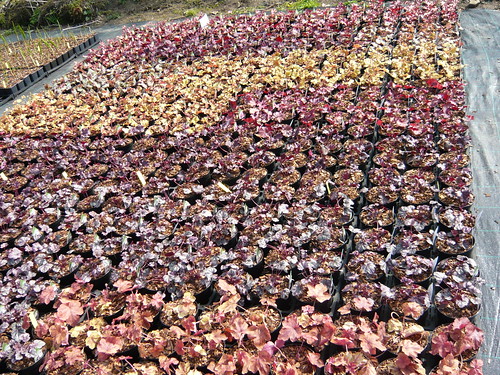

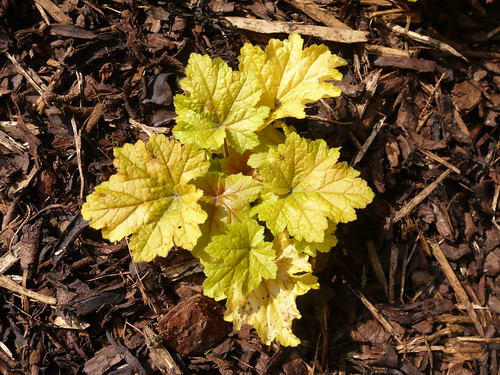


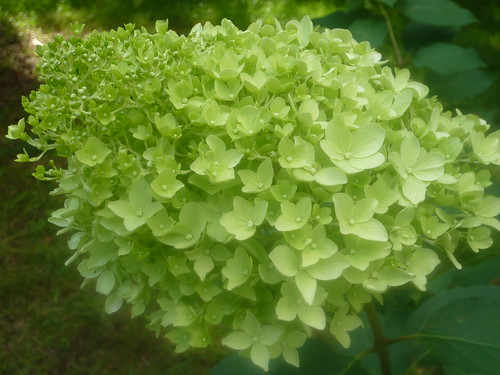
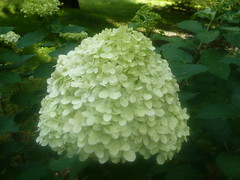
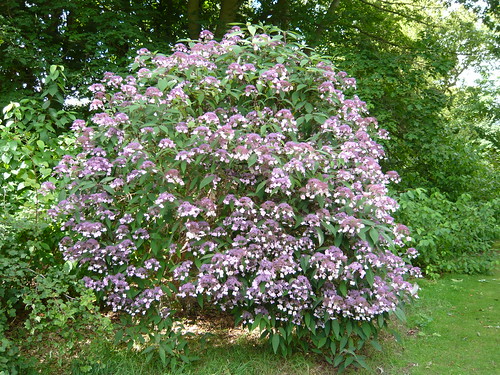
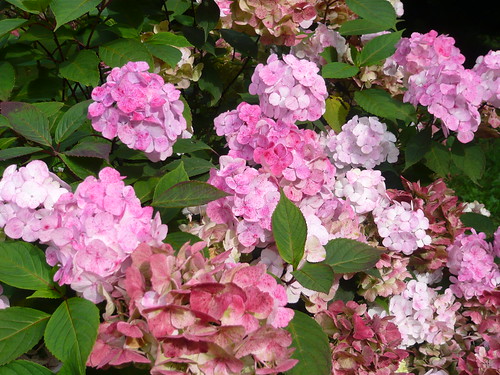
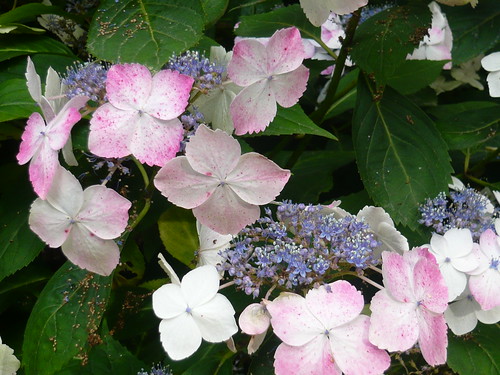
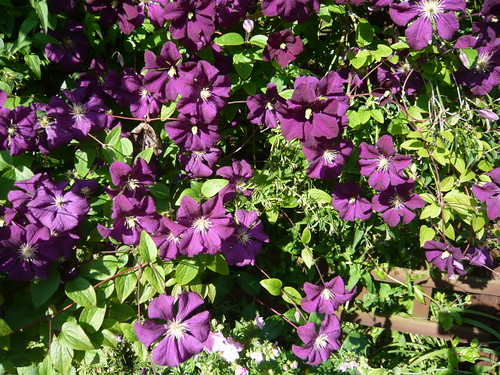
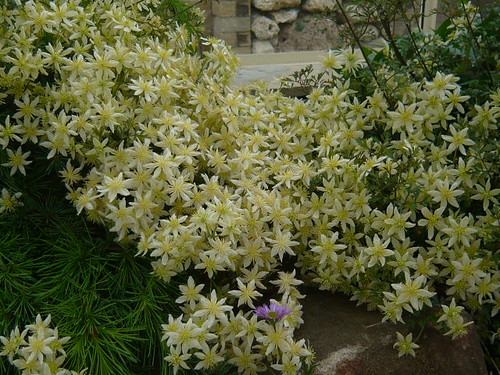
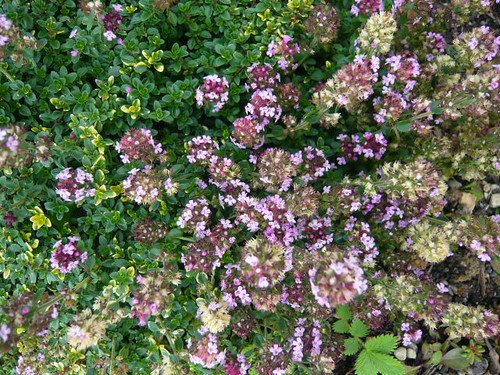




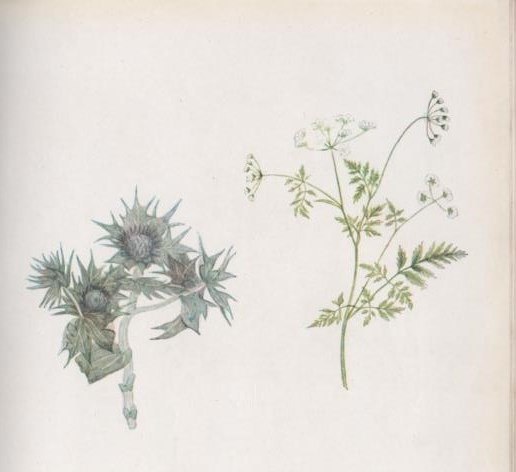
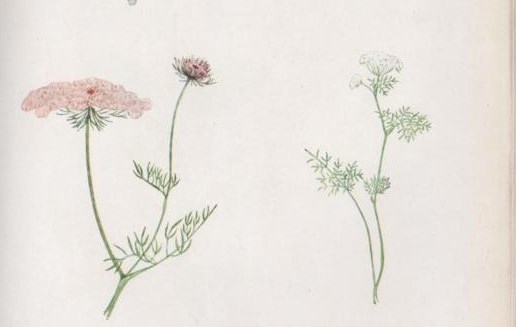
 Positives for Clematis
Positives for Clematis